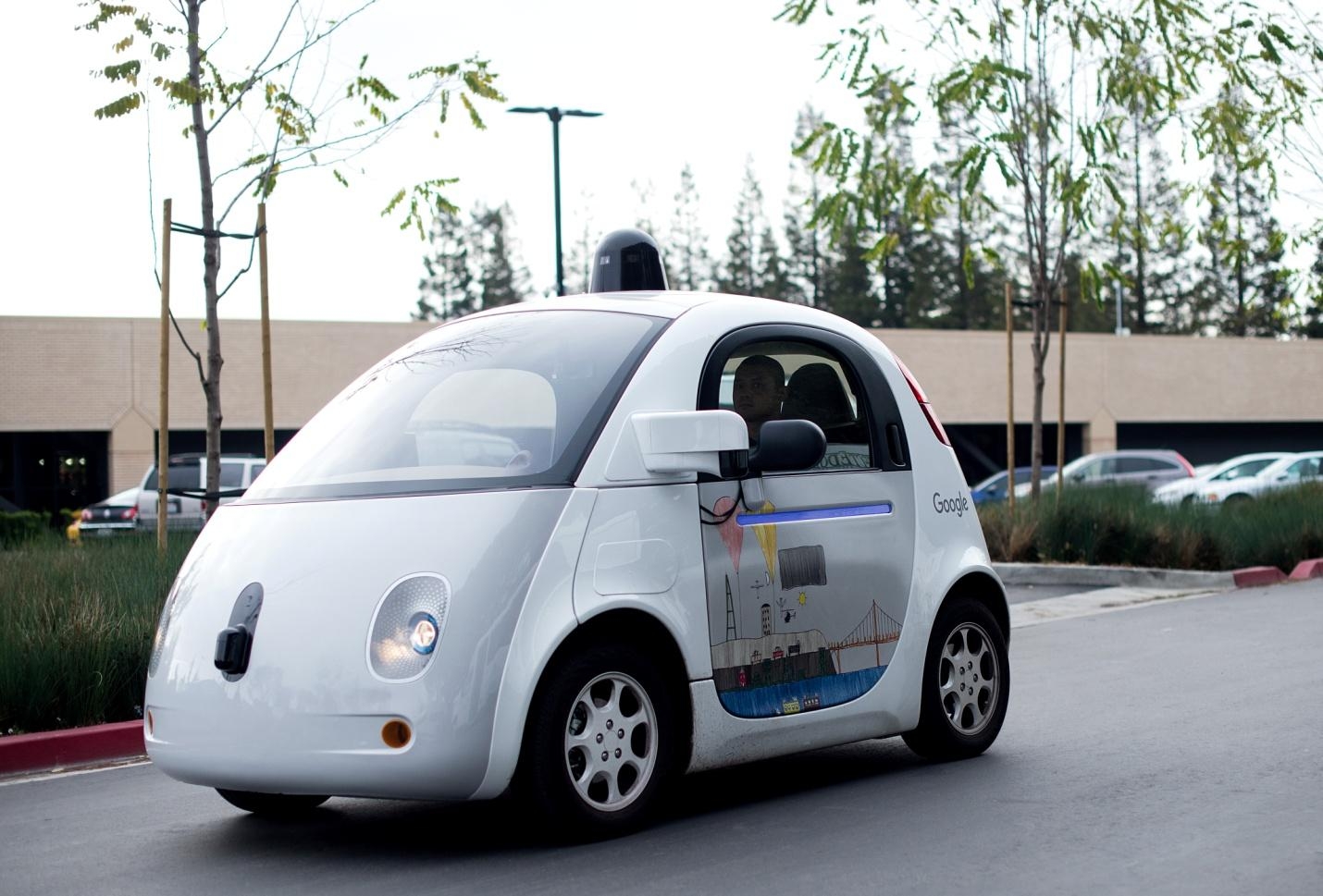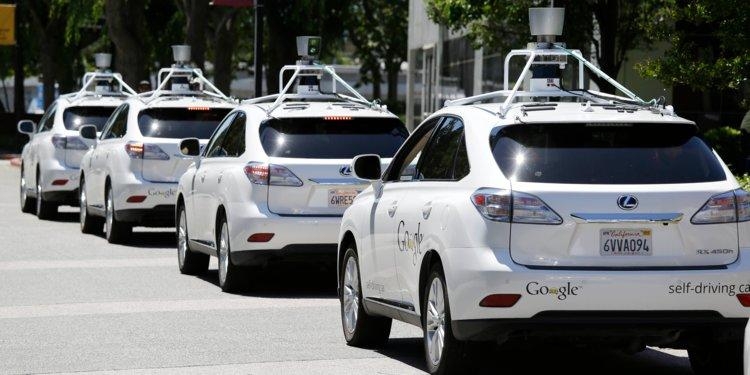Self-Driving Cars Revolutionising Urban Mobility
The transportation system world around relies heavily on drivers for cabs, buses, trains, road haulage and even delivery. The high dependency on human surely introduces human error into the mix, which is considered the biggest reason for all vehicle collisions and crashes. One such report found that nearly 90% of all car crashes in the United States of America were directly linked to human error. As the spark of autonomous machines has touched various industries, it was only so long that the transport industry remained alien to it. Then came an era when the idea of self-driving cars came into action. Several EV or Arduino based self-driving cars started appearing in the markets. Different Arduino tutorials and courses helped a lot in the production of new and intriguing models of self-driving cars.
Autonomous cars or self-driving cars or driverless cars have gained quite some ground over the last few years and becoming popular by the minute. Autonomous cars are a developing technology which was pictured as movie-fiction a few years ago. Even though the idea and basic designs surfaced in the early 80s, the initiative has gained momentum for a few years only. Despite the popularity and many big players jumping in the autonomous vehicle industry, widespread implementation and deployment are still years away. But that does not stop ventures to initiate pilot projects all over the world and garner insights previously unknown.
The key feature of driverless cars is their perfection. They are able to sense their environment, navigate seamlessly, avoid obstacles, stay within speed limits and obey traffic rules, reach a preselected destination and even route through traffic and other hurdles, all through the use of cameras, SONAR, GPS, IR sensors and RADAR fir in its hull. Moving with a specific set of rules and an arsenal full of sensors, driverless cars can become the answer to the chaotic transport system all around the world. Due to the plethora of features, transport companies of all shapes and sizes are looking towards the autonomous vehicle sector, as it has something for everyone. Private cab aggregators can go all-machine and remove drivers from the equation, haulage ventures can cut human costs and save on transportation and government bodies can create an efficient and organized public transport system.
As a result, over 20 companies across Asia, America, and Europe have allocated resources to develop driverless cars. A multitude of tech giants such as Tesla and Google are also racing towards creating an autonomous car transport system. Another company which is joining the league of autonomous cars is FPT software, which is part of the largest Vietnamese IT firm, FPT Corporation. Working across 21 countries around the globe, FPT software began work on an unmanned vehicle in early 2017 and now has run successful tests. The hardware consists of an NVIDIA Jetson TX2, a high-performance ZED stereo camera and a flurry of laser transceivers which detect objects around the car up to 100m! The car was developed using deep training technology, which analyses the behavior of the driver in a variety of situations and the condition different car systems are in, which includes the peal position, brakes, and the steering wheel angle. The data is then fed to a computer, which analyses it and drives the car similarly.
Moving on to Tesla and its fleet of electric vehicles, it has incorporated a significant amount of driverless features already. The cars come with an autopilot feature, which when switched on, enables the car steer down the freeway automatically, change its lane, adjust speed according to other vehicles and even look for a parking space once you reach your destination. Moreover, once it scans a parking space, it can even self-park if you command it. What’s more, you can just summon your car from your garage using only your smartphone, using which the car will leave the garage and stop at a spot in front of your home, where it will stay idle awaiting your presence in the car. On the other hand, Google has been researching and testing prototypes of its fully autonomous vehicle. Last year it began to allow general populace to try out and ride their autonomous vehicles in Phoenix, Arizona. Initially, the vehicles might be tested only as a local taxi service or local delivery vehicle, which later might turn into a fully autonomous vehicle system.
So when can you expect to drive your car on a highway full of an autonomous vehicle? Leading market researchers have predicted that over 10 million semi-autonomous self-driving cars will be in travel by 2020. It is also predicted that by 2022, fully autonomous vehicles which require minimal or even no driver interaction will also hit the market. But the predictions might all be void, as many carmakers wish to catalyze the process. General Motors recently announced its plan to mass-produce autonomous cars, without controls such as steering wheel and pedals, by 2019. The cars will continue the legacy of its driverless Chevy Bolts, which are doing their test runs on public roads in multiple states of the United States of America. The same week General Motors unveiled its plan, Toyota revealed its concept car which it pictures being used for ride-hailing and package delivery. Being called ‘E-Palette’, the cars are being envisioned as a modular store on wheels and multiple mobility concept deals have been concluded with Amazon, PizzaHut and Uber. However, Toyota is yet to project a timeline for the project.
Endnote
Unsurprisingly, before we see a scenario where we can just hop on our self-driving car and drive through other cars of the same genre, there are a few challenges that need to be addressed. Even though there are numerous technical limitations hurdles, there are also law barriers, insurance stipulations and even liability concerns. But most importantly, there are cube security concerns which can make the system unusable, if not addressed soon.
But moving over all the concerns, a future with robots driving us to work is not frightening at all. A self-driving car system can reduce urban traffic to a great extent. At least that is what the autonomous car companies are pitching to the investors and customers. Furthermore, the cars are not going to be just autonomous, but electric as well, conserving energy. The energy requirements can be integrated into your energy management plan including your home, office and other destinations, using the features available on your integrated dashboard.
The electric cars will also reduce emissions on the street and will be quieter, dipping air and noise pollution contribution from vehicles. The autonomous features can also contribute to creating an efficient parking system to avoid any hotchpotch and the quarrels that take place over the precious parking space. Parking space can be created at the edge of the blocks to create more public space and allow additional play space for kids. As we see, the ideas are infinite, the applications are many, but the way to a fully-autonomous vehicle system is still long and far.
- Elevating Security Paradigms in Marketing: A Holistic Expedition - November 22, 2023
- Why CMMS Is Becoming A Critical Component In The Manufacturing Industry - August 7, 2023
- How Safety Standards for Autonomous Vehicles will Help Reduce Serious Car Accidents - July 29, 2023







